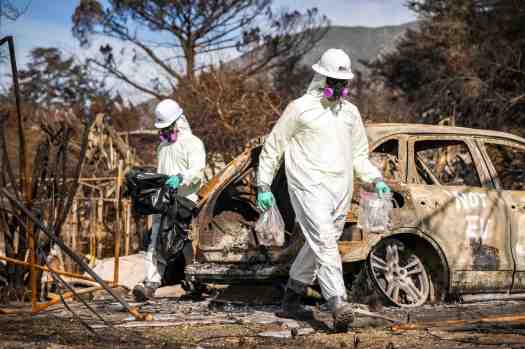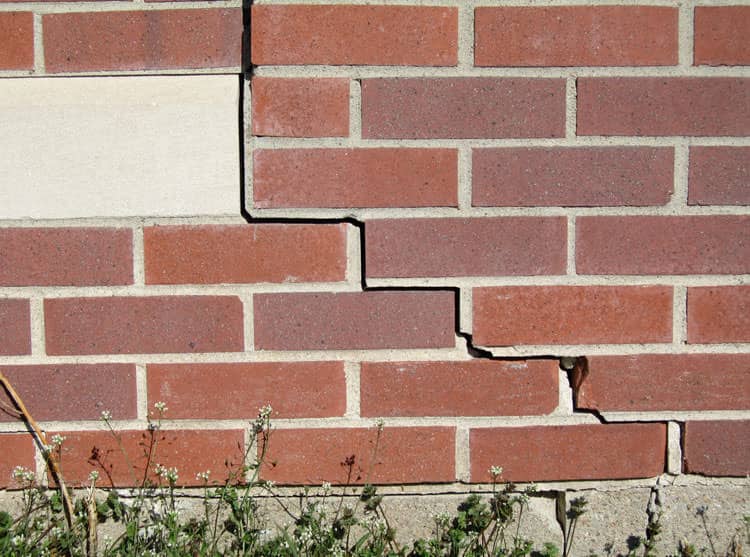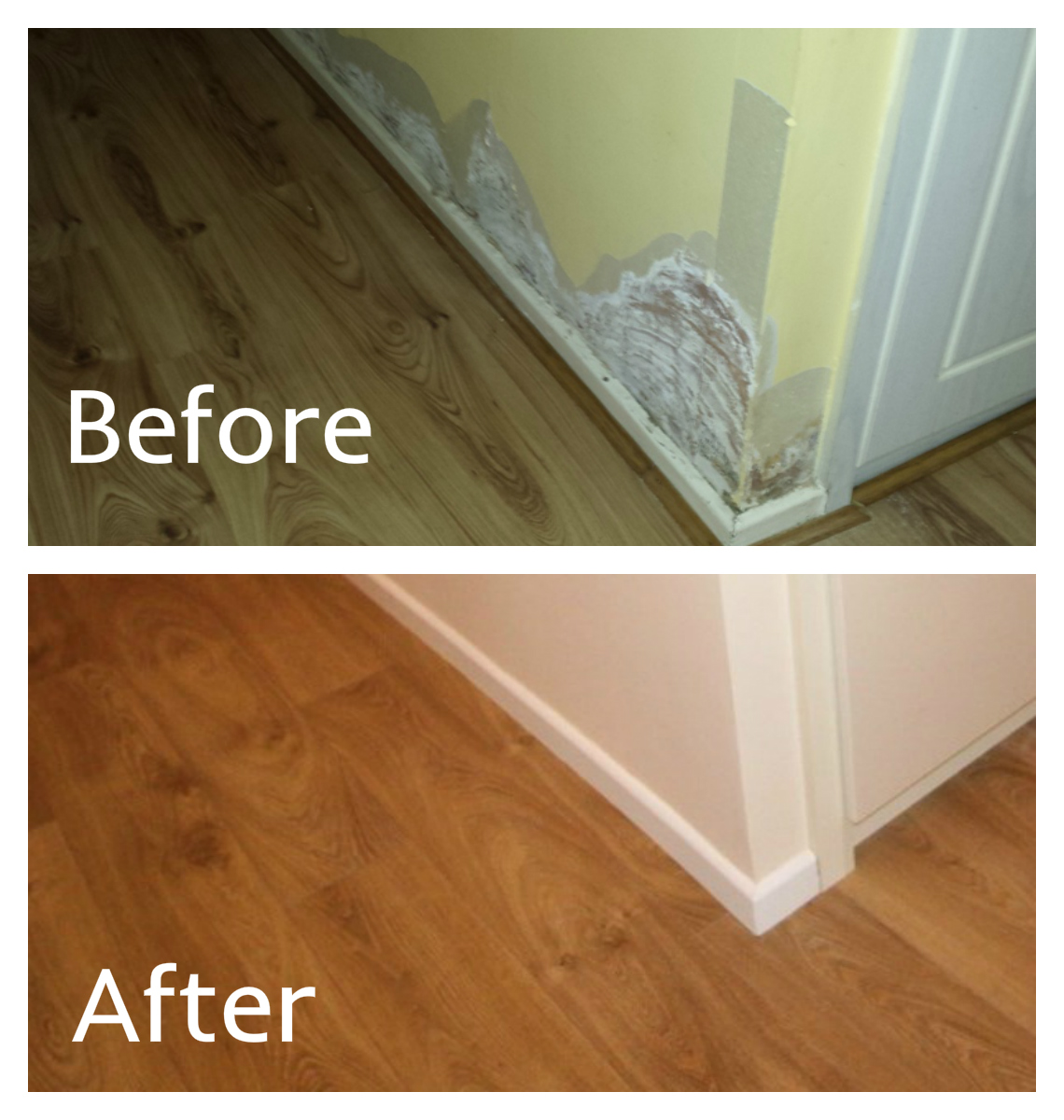What Are Effective Fire Cleanup Tips?
Effective fire cleanup tips ensure thorough damage assessment and restoration. Essential steps include:
- Assess the extent of fire damage.
- Wear protective gear, including masks and gloves.
- Document damage for insurance claims.
- Contact a professional for fire damage restoration.
How to Address Fire Damage Restoration?
Fire damage restoration involves several critical phases:
- Emergency Services: Immediate response to secure the property. This includes boarding up windows and tarping roofs.
- Assessment: An inspection to determine the level of restoration needed.
- Cleanup: Removing debris and contaminated materials.
- Restoration: Repairing and replacing damaged structures and materials.
What Steps Are Involved in Smoke Odor Removal?
Smoke odor removal requires a multi-step approach:
- Ventilate the area by opening windows and doors.
- Use air purifiers equipped with HEPA filters.
- Identify and clean smoke-damaged surfaces, such as walls and ceilings.
- Apply specialized odor-neutralizing products.
What Is Required for Soot Cleanup?
Soot cleanup is vital to restore air quality and eliminate residues:
- Protective Equipment: Use masks and gloves to prevent soot inhalation and skin contact.
- Vacuuming: Use a vacuum with a HEPA filter to remove soot from surfaces.
- Chemical Cleaners: Employ soot-specific cleaning agents to break down residues.
What is an After Fire Checklist?
An after fire checklist includes essential post-event actions:
- Call emergency services if the fire is still active.
- Evacuate all individuals from the premises.
- Do not enter until authorities deem it safe.
- Contact your insurance company to report the incident.
- Document all damages with photographs.
- Engage a professional fire restoration service.
What Are the Costs Associated with Fire Cleanup?
The costs for fire cleanup vary based on the extent of damage:
- Basic Cleanup Costs: Typically range from $3,000 to $30,000, depending on damage severity.
- Full Restoration Costs: May exceed $100,000 for extensive fire and smoke damage.
How Can Homeowners Prepare for Potential Fire Incidents?
Preparation is key to mitigating fire damage:
- Create a fire escape plan for all occupants.
- Install smoke detectors and check them monthly.
- Keep fire extinguishers in accessible locations.
- Conduct regular reviews of fire safety protocols.
Why Is Professional Help Necessary for Fire Damage Restoration?
Engaging professional services for fire damage restoration ensures safety and comprehensive restoration:
- Professionals have advanced equipment for effective cleanup.
- They employ industry-standard methods to restore property.
- Experts can manage insurance claims efficiently.
What Should Property Owners Know About Fire-Related Health Risks?
Fire-related health risks include:
- Respiratory Issues: Smoke inhalation can lead to long-term health effects.
- Skin Irritation: Soot and chemicals can cause skin problems.
How to Handle Personal Items After a Fire?
Handling personal items requires careful consideration:
- Assess damage to items before disposal.
- Consult professionals about restoring valuable items.
- Sanitize items exposed to smoke or soot.
What Resources Are Available for Fire Victims?
Resources for fire victims include:
- Local Fire Departments: They can offer advice and assistance.
- Non-Profit Organizations: Groups like the Red Cross provide emergency support.
- Insurance Companies: Policyholders should review and understand their coverage.







Leave a Reply